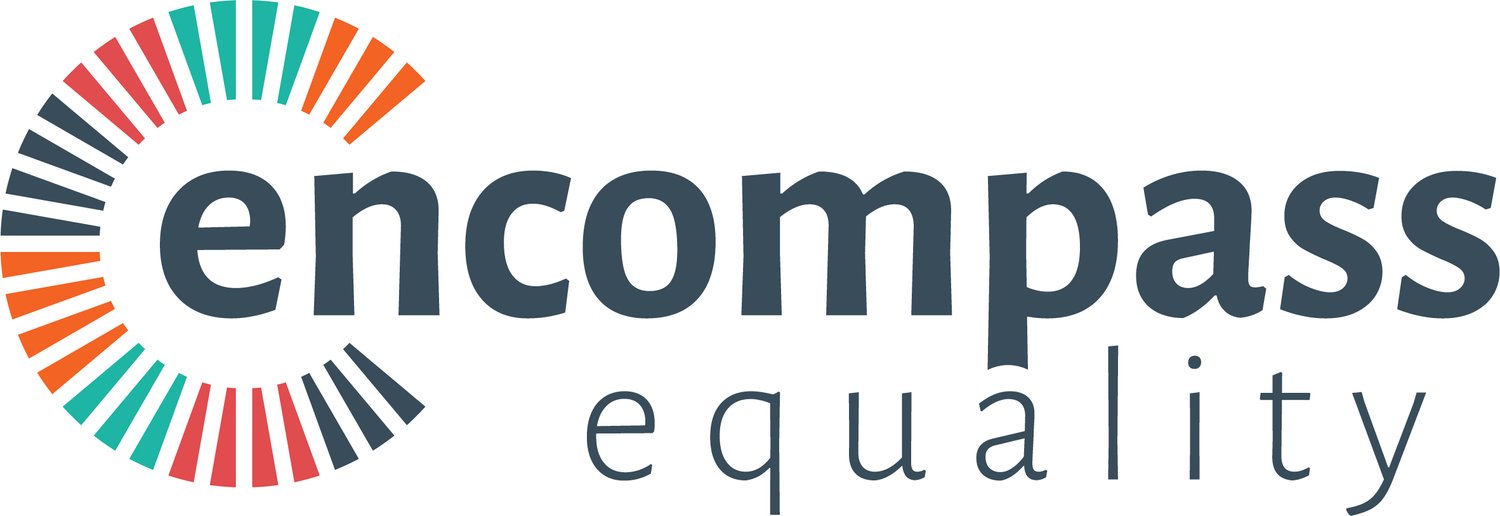Advancing gender parity is easy (once you’ve done the hard work)
Our Head of Research, Edward Haigh, recently conducted interviews with senior executives in about 25 FTSE 350 companies, all of which are leading in terms of the representation of women at the top of their organisation. His aim was to listen to their stories about advancing gender parity and find out what they had in common. In this post, Edward explores some of his findings.
Advancing gender parity is easy (once you’ve done the hard work)
There was much that didn’t surprise me: Efforts to improve female representation were being led by thoughtful, passionate, intelligent people who tended to have a deep understanding of the nature of the challenge they faced and how best to respond. They were supported by leaders who instinctively understood why this work was important and were committing their own energy to addressing it.
What was more surprising was how easy it all sounded. Where I expected to find detailed, blow-by-blow accounts of the hard battles that had been won, I often found unedited thoughts and vague accounts of what had happened. People were, by their own admission, pleased to have the chance to talk about what they’d done to advance gender parity because they hadn’t really given it much thought before.
Were they simply being disingenuous? I don’t think so. In fact, the story they went on to tell had a lot of hard work at the heart of it. It was about building a more people-centred and more inclusive culture. It was about helping leaders to understand the rationale behind doing these things, and the role they had to play in culture change. It was about activating line managers throughout the organisation to be accelerators, rather than inhibitors, of change, and to become as skilled at managing people as they were at managing other aspects of their work. Tough work indeed. But often work that had no explicit connection to gender and sometimes not even an implicit connection.
So, when I turned up and started asking about the effectiveness of various initiatives concerned with advancing gender parity, it was like asking a farmer with rich, fertile ground which seeds I should be sowing to increase the chances of a healthy crop. They didn’t really know because everything had germinated. Meanwhile, other farmers had been scattering the same seeds on barren, infertile, soil and nothing had been germinating. Ask them how it feels to get more women to the top of their organisation and they’ll tell you that it’s incredibly hard.
The seed isn’t the thing. The thing is the soil.
Women in Leadership: Strategies from FTSE 350 organisations leading the way
Edward’s interviews were conducted as part of our research ‘Women in Leadership: Strategies from FTSE 350 organisations leading the way’ which reveals the practices, strategies, and leadership behaviours that have enabled a number of FTSE 350 organisations to make substantial progress in advancing female representation in leadership roles. Learn more and download the summary report here.

